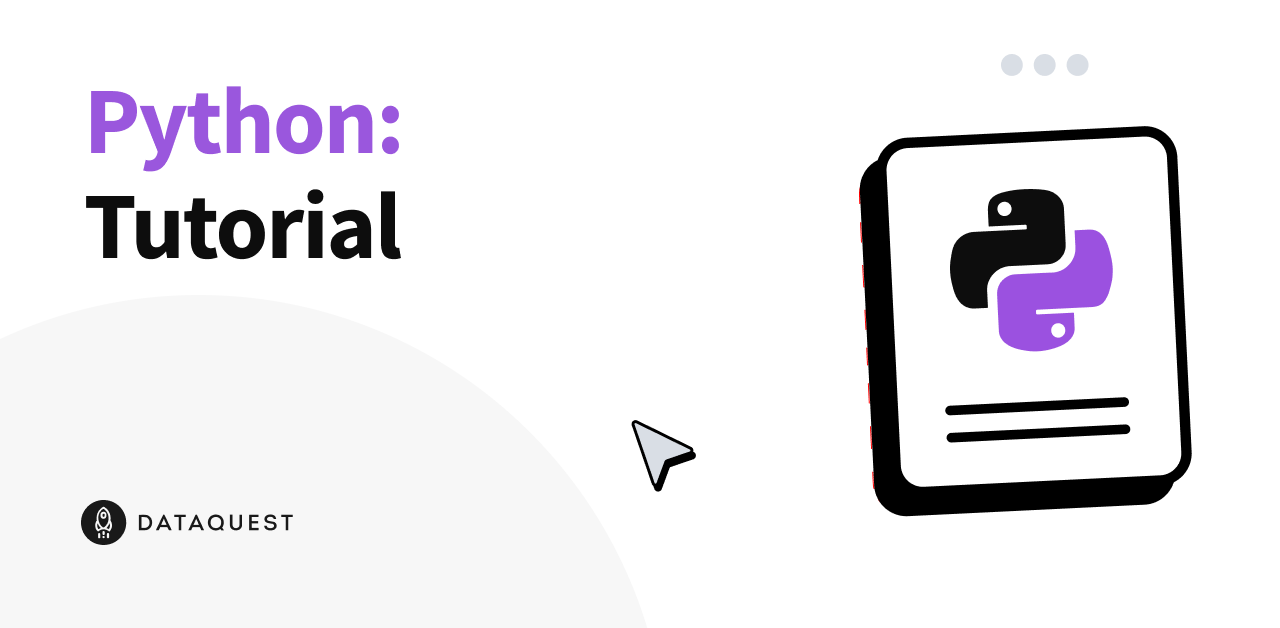By creating Content IP around the problems their customers face, Growth Sprints achieved 9M impressions on LinkedIn and $1M in directly attributable pipeline.
Here’s exactly how they did it.
Do you also have a fast marketing tactic that’s delivered great results? Share it with us here.
The goal: Build brand awareness
Growth Sprints wanted to build brand awareness with the intention of creating a customer and talent pipeline. They wanted to achieve this with the content they distributed across their social channels, while leveraging Brendan’s profile as a founder.
Prior to this, the agency never saw revenue directly attributed to their social channels.
The fast marketing tactic: Create Content IP around the problems customers face
Growth Sprints started to create IPs (intellectual property, or simply unique branded names) around the problems their customers faced.
They gave names to customers’ frustrations, such as:
“Relay race marketing”: the endless handoff of marketing materials
“Checkbox marketing”: the pursuit of low-quality marketing efforts as a box-checking exercise.
The team then built content around these IP, writing separate pieces that covered the following:
How to solve the problem
How to solve a roadblock related to the problem
A template or framework to solve the problem
A customer case study
A high-level, interesting insight
Finally, the content was distributed across all demand gen channels (social, podcast, email, and website content) using their founder’s profile.
The result: 9M impressions on LinkedIn and $1M in attributable pipeline
In the 13 days after they started publishing on LinkedIn with a focus on Content IP, Growth Sprints achieved:
9M impressions
103.9K likes
31.9K comments
1.8K shares
On top of that, they earned $1M in directly attributable pipeline from social, and a $27K ARR from their best-performing post. The content also helped grow a talent pipeline waiting for positions to open up.
Why does it work?
When trying to build brand awareness and stand out, companies sometimes create clever names for their solutions, which leads to category-creation efforts that fall flat.
Creating a content IP around the problem works better because it gives a name to a frustration customers would like to solve.
How to implement this tactic yourself
Find a problem your customers have.
Create an IP for the problem. For example, create a branded name like “navigating content chaos” instead of “visualizing the results of content efforts across the company.”
Create content around the IP, including how to solve the problem, a framework or template to be used, or case studies around the problem.
Distribute the content across your demand generation channels.
Meet the specialist behind this tactic
Brendan Hufford is the founder of Growth Sprints, a SaaS-focused marketing agency. He previously led teams at two agencies and helped ActiveCampaign grow to $165M ARR.
Follow Brendan on LinkedIn for more insights.
The post Tactic #12: Build brand awareness by creating Content IP around customer frustrations appeared first on CXL.
























